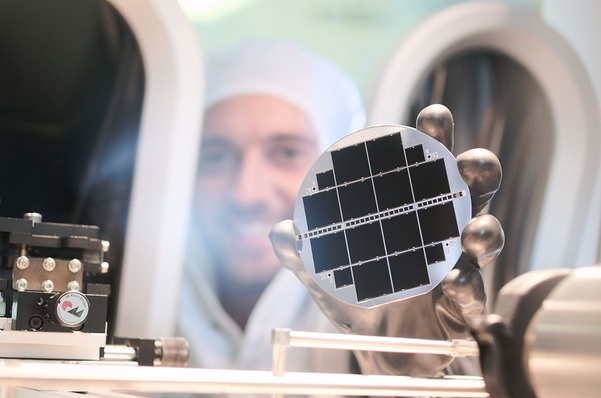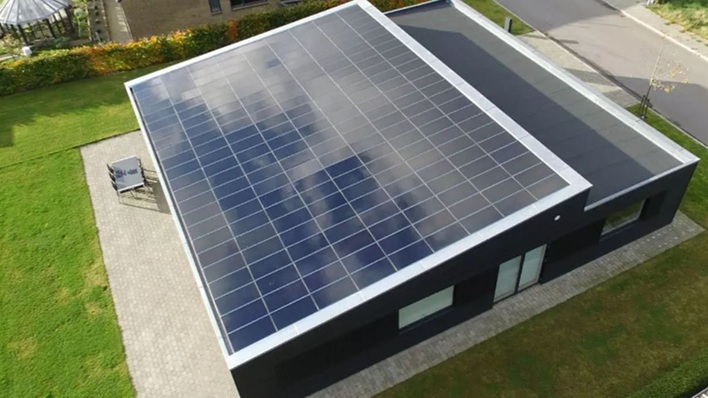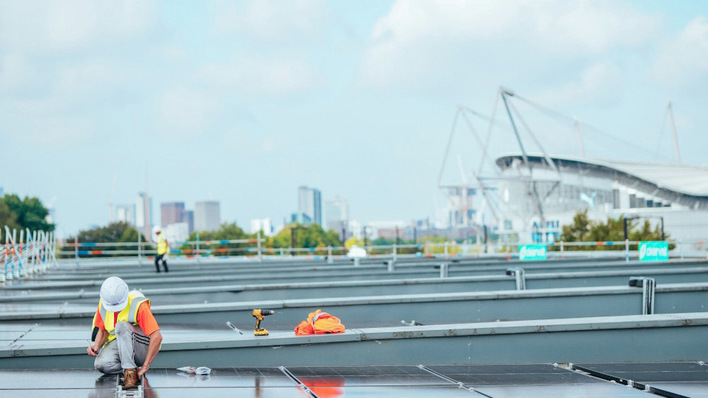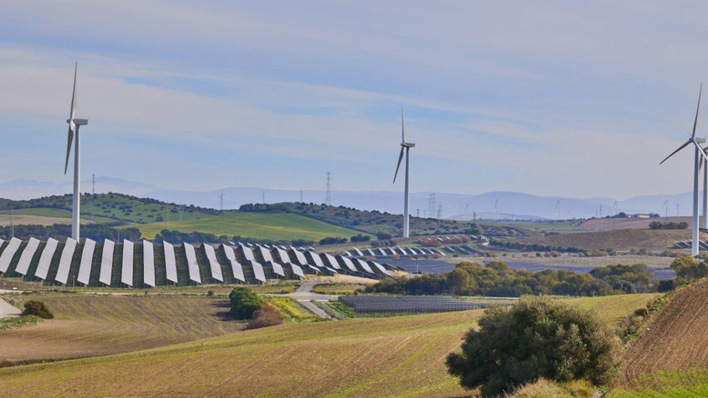This August, researchers of Massachusetts Institute of Technology (MIT), Ian Peters and Tonio Buonassisi presented a study forecasting that global warming will negatively impact the effectiveness of solar (photovoltaic) cells. The power output generated by photovoltaics, according to the scientists, drops by 0.45% for every degree of increased temperature.
Although the research might indicate that solar energy has more limits than thought before, particularly concerning the warming climate, the benefits still outshine the downsides.
Call for a wider and faster adoption of solar and renewable energy
According to Andrius Terskovas, Head of Business Development at Sun Investment Group, an investment management and development company focused on solar energy assets, it is essential to stay on track in changing fossil-fuel-generated energy with the power produced by means that do not contribute to climate change.
“Even though the study predicts a decline in solar panel performance triggered by the rising temperatures, this just calls for a wider and faster adoption of renewable energy globally,” said Terskovas. “Slowing down the global switch to renewable energy is not an option, as moving on from fossil fuel-generated energy is an urgent necessity. There is enough evidence to show the unsustainability of energy created by non-renewable energy sources. We need more, not less solar and other renewable energy plants all across the globe if we are to ever reach the zero-emission goals and curtail the negative human impact on our planet.”
Currently, the solar energy market shows no signs of slowing down. The global market for photovoltaics, according to one market study, is estimated to be at almost 54 billion in 2018, while it is projected to hit more than 333 billion by 2026, with a compound annual growth rate of 25%.
Put simply, solar panels work by allowing the sunlight to set electrons inside a photovoltaic cell loose from atoms, which creates an electric current. One solar panel includes many small photovoltaic cells, and the increase in temperature hampers this process. This happens due to a “reduction of the open-circuit voltage with increasing temperature,” the researchers suggest.
However, not every region will be affected equally. The study states that Southern United States, Southern Africa, and Central Asia will be among the most impacted areas. Nevertheless, according to Terskovas, it is reasonable to believe the growing photovoltaic industry will be able to find solutions to the heat-related decrease in efficiency.
Catalyst for developing global warming-proof technology
“As the new research hints, solar panels might become more effective in the future due to possible new findings in materials science,” added Terskovas. “It is safe to say that with the growth of the global solar power market, significantly more money will be invested in developing technological solutions that would make the process of generating energy via solar methods considerably more efficient than they are today. Studies like this, hopefully, will act as catalysts for companies to develop global warming-proof technology. On the other hand, there already are solar power plants operating in extremely hot climates and able to deliver reliable renewable energy. A good example is Noor Abu Dhabi, a recently switched on, desert-located solar power plant in the United Arab Emirates able to generate up to 1117 megawatts.” (HCN)
Stay informed, get our free newsletter twice a week. Register here








